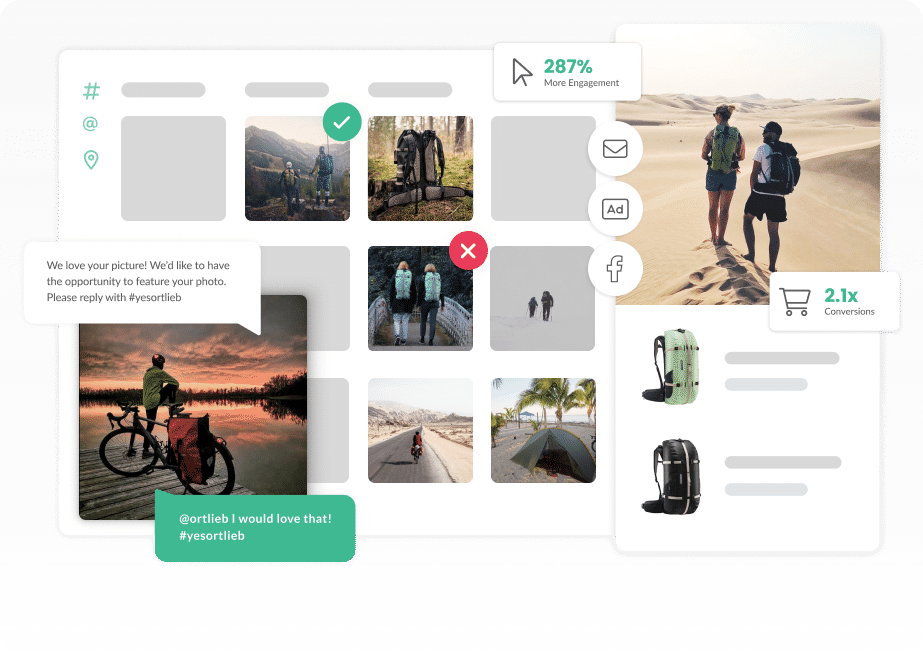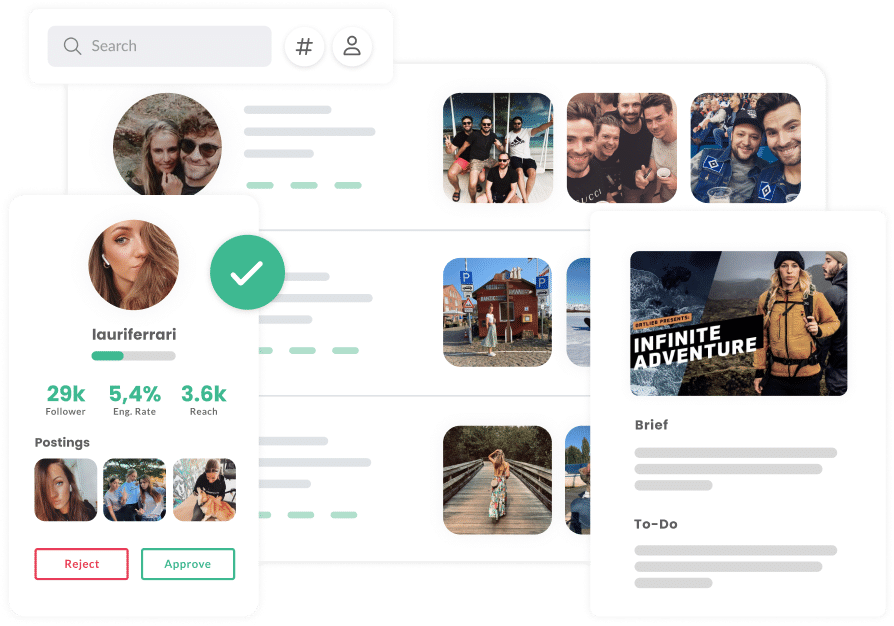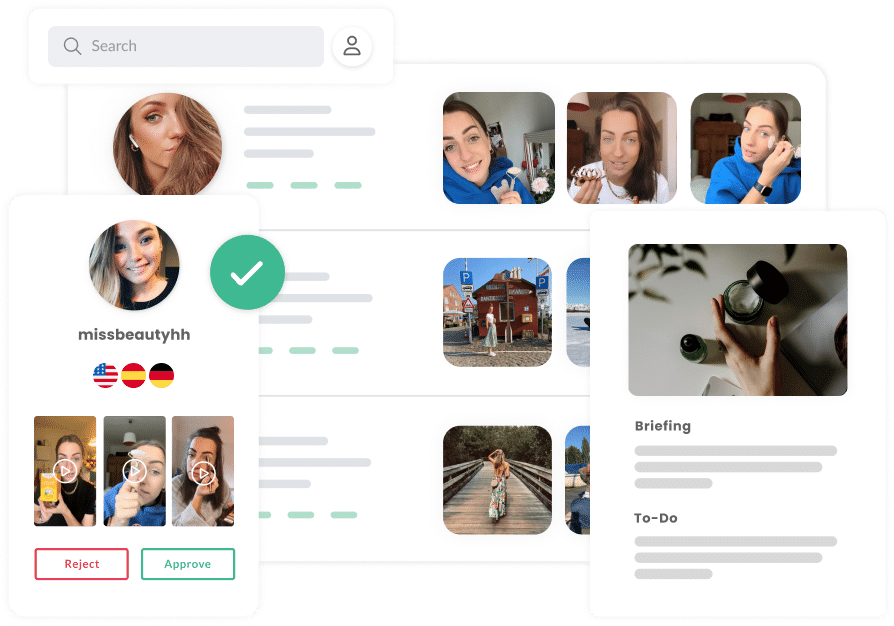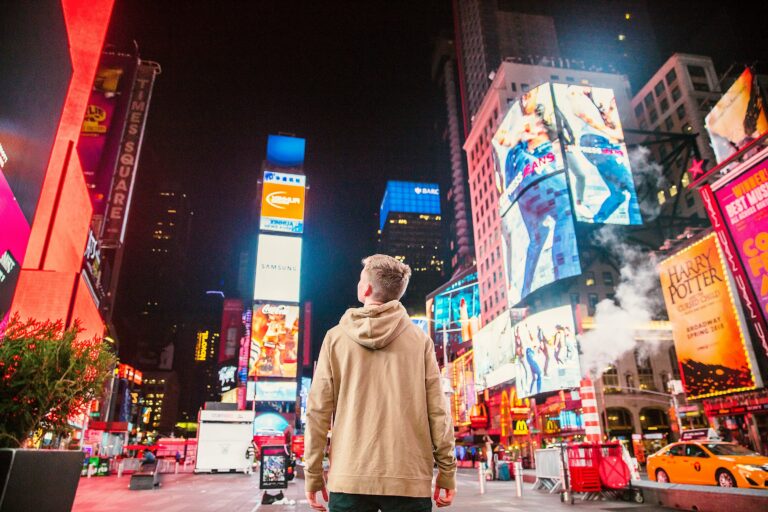In a crowded market, a strong, visual brand image is essential. Visual content production helps to stand out from the competition, build brand identity and generate targeted visibility. Studies prove it: Our brain processes images around 60,000 times faster than text. But which content production options really make sense – and which are worthwhile for your budget?
In this article, you will find out what types of visual content production there are, how they differ and what advantages and disadvantages are associated with them
What does Visual Content Production mean?
Visual content production involves the targeted planning, creation and publication of visual content that contributes to branding and communication. The aim is to create aesthetically appealing content that attracts the attention of the target group and leaves a lasting impression.
Order-based Visual Content Production
Photo Shoots – professional In-House Production
Photo shoots offer brands the opportunity to produce high-quality and customized content. The brand determines the look, style and direction of the images. The costs vary depending on the complexity of the production. It should be borne in mind that time and budget are heavily involved. In addition, posed photos with models often don’t look very authentic.
Influencer Content – Reach through Creator
Influencers take over the production of content and distribute it via their channels. Micro-influencers with a specific target group in particular enable a high level of brand loyalty. Even if the effort for selection and coordination is higher, this authentic type of content production is often worthwhile. Management tools can provide support here.
Branded Content – Campaign Content from Professionals
Branded content is created by experienced creators specifically for brands – regardless of their social reach. This content looks authentic, is more cost-effective than in-house productions and also gives the brand control over tone and design.
Indirect Visual Content Production
Stock Photos – Inexpensive, but interchangeable
Stock images are pre-produced photos that are obtained via platforms such as Unsplash or Shutterstock. This solution saves time and money. However, the images often appear impersonal and unoriginal – which can dilute the brand identity.
UGC – Authentic Content from the Community
User-generated-content comes directly from the target group. Customers take photos of products and share them on social media. UGC is authentic, cost-effective and shows your brand in real use cases. Tools help you to collect this content in a legally compliant manner and use it automatically.
Which Form of Content Production suits your Brand?
Each variant offers advantages and disadvantages. While in-house productions ensure the highest quality, influencers and branded content offer a more authentic approach. UGC stands out thanks to its credibility and low costs. Depending on the objective and budget, the right solution can be selected – or used in combination.
Conclusion on Visual Content Production
A strong visual presence determines the success of your brand. Authentic content not only increases brand loyalty, but also improves your visibility in search engines. Use a mix of strategic planning, suitable formats and automated tools to make your visual content production efficient and effective.










